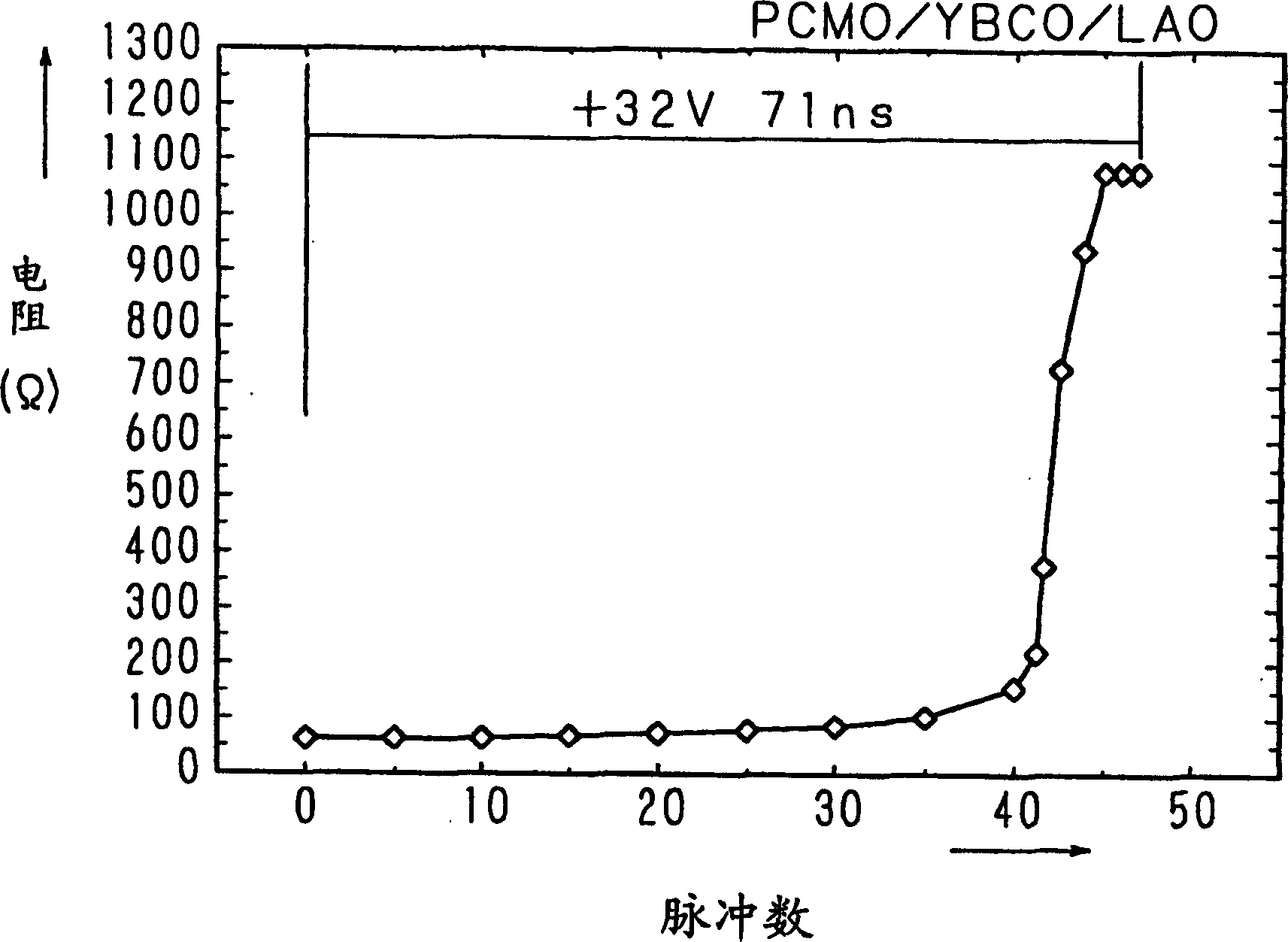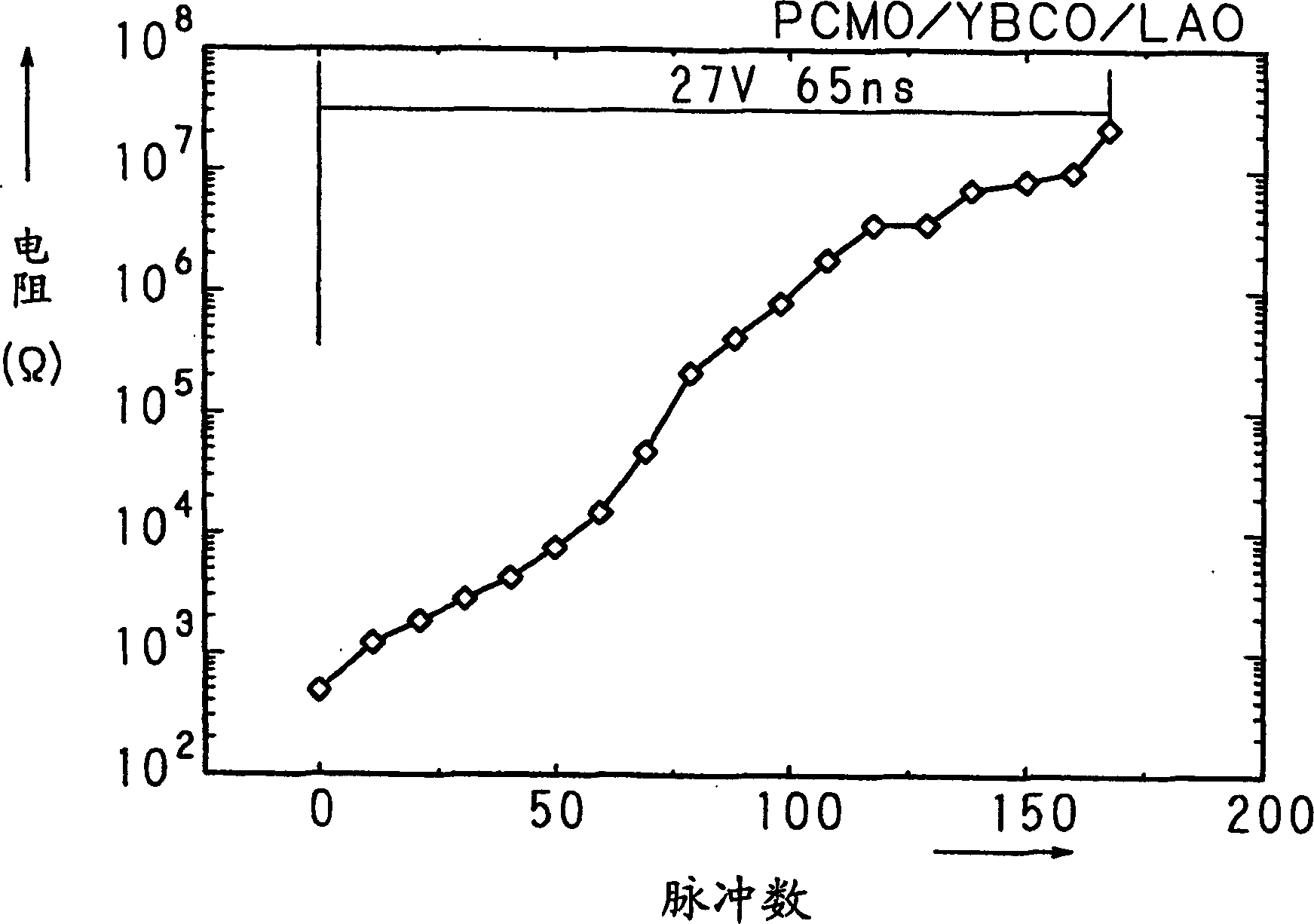Memory cell, memory device and manufacturing method of memory cell
A storage unit and manufacturing method technology, applied in the direction of static memory, digital memory information, electrical components, etc., can solve the problems of shortening effective gate length and deterioration of transistor characteristics, and achieve the reduction of forward threshold voltage and the change of resistance Efficient, easy-to-achieve effects
- Summary
- Abstract
- Description
- Claims
- Application Information
AI Technical Summary
Problems solved by technology
Method used
Image
Examples
Embodiment 1
[0094] Figure 6 to Figure 12 is a schematic diagram illustrating the manufacturing steps of Embodiment 1 of the memory cell manufacturing method according to the present invention. In each figure, a memory cell area (hereinafter referred to as memory area) in which memory cells are formed and an external circuit area (hereinafter referred to as external area) in which external circuits are formed are shown on the left and right sides, respectively. Each figure shows a cross-sectional structure of a memory cell (a series circuit of a Schottky diode and an adjustable resistance element) and an external circuit (N-channel MOSFET used in the external circuit shown in the example) in manufacturing steps. In addition, in each figure, oblique lines indicating cross-sections are omitted. Although MOSFETs are usually composed of P-channel MOSFETs and N-channel MOSFETs, only N-channel MOSFETs are shown here for simplicity.
[0095] Figure 6 It is a schematic diagram describing when...
Embodiment 2
[0108] Figure 13 to Figure 20 is a schematic diagram illustrating the manufacturing steps of the second embodiment of the memory cell manufacturing method according to the present invention. In each figure, a memory cell area in which memory cells are formed (hereinafter referred to as memory area) and an external circuit area in which external circuits are formed (hereinafter referred to as external area) are shown on the left and right sides, respectively. Each figure shows a cross-sectional structure of a memory cell (a series circuit of a Schottky diode and an adjustable resistance element) and an external circuit (N-channel MOSFET used in the external circuit shown in the example) in manufacturing steps. In the memory area, an external circuit (part of the external circuit, etc.) may be provided at the lower portion of the memory cell, taking the external circuit as an example, a MOSFET is shown formed at the lower portion of the memory cell. In addition, in each figure...
PUM
 Login to View More
Login to View More Abstract
Description
Claims
Application Information
 Login to View More
Login to View More - R&D
- Intellectual Property
- Life Sciences
- Materials
- Tech Scout
- Unparalleled Data Quality
- Higher Quality Content
- 60% Fewer Hallucinations
Browse by: Latest US Patents, China's latest patents, Technical Efficacy Thesaurus, Application Domain, Technology Topic, Popular Technical Reports.
© 2025 PatSnap. All rights reserved.Legal|Privacy policy|Modern Slavery Act Transparency Statement|Sitemap|About US| Contact US: help@patsnap.com



